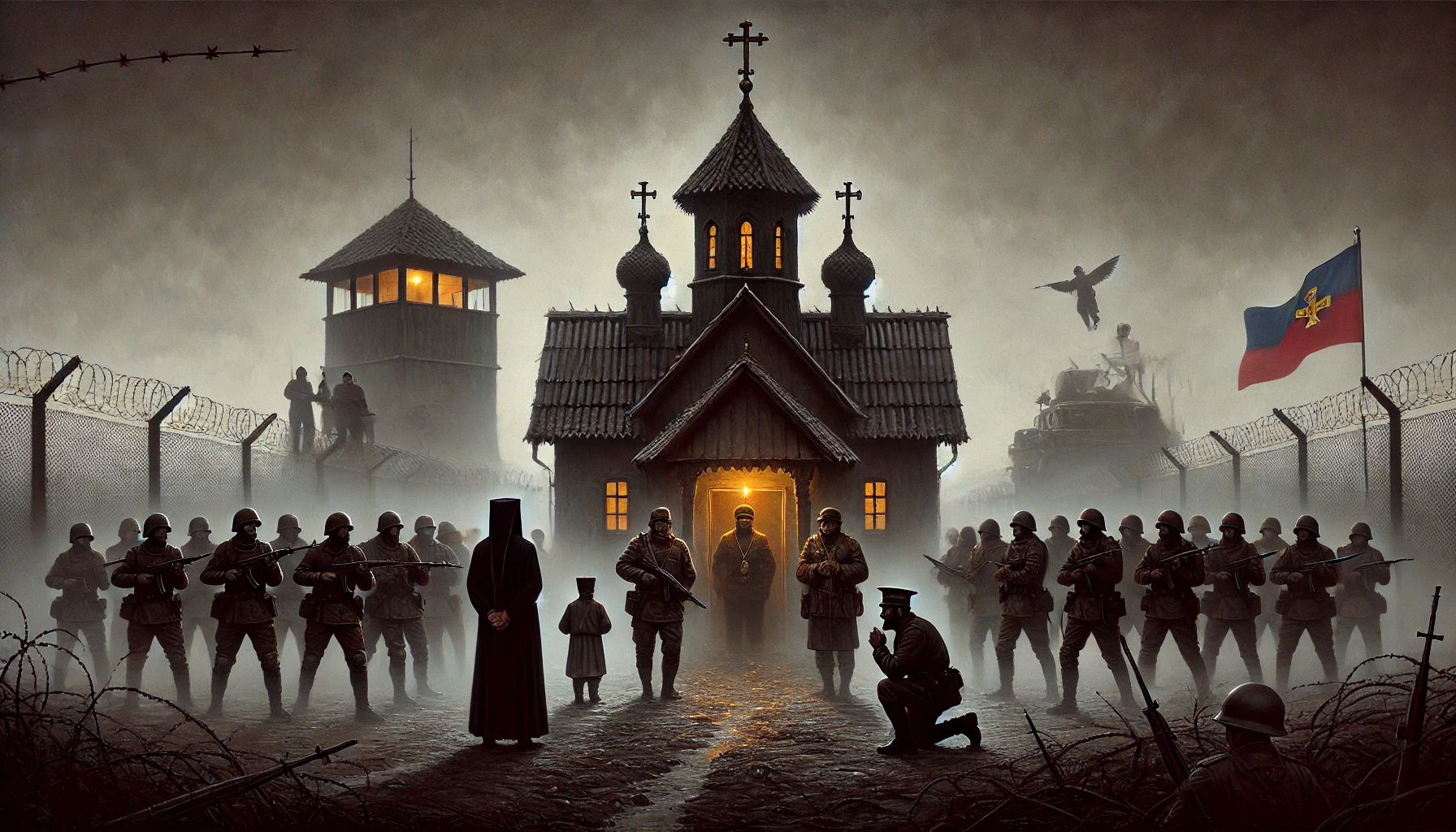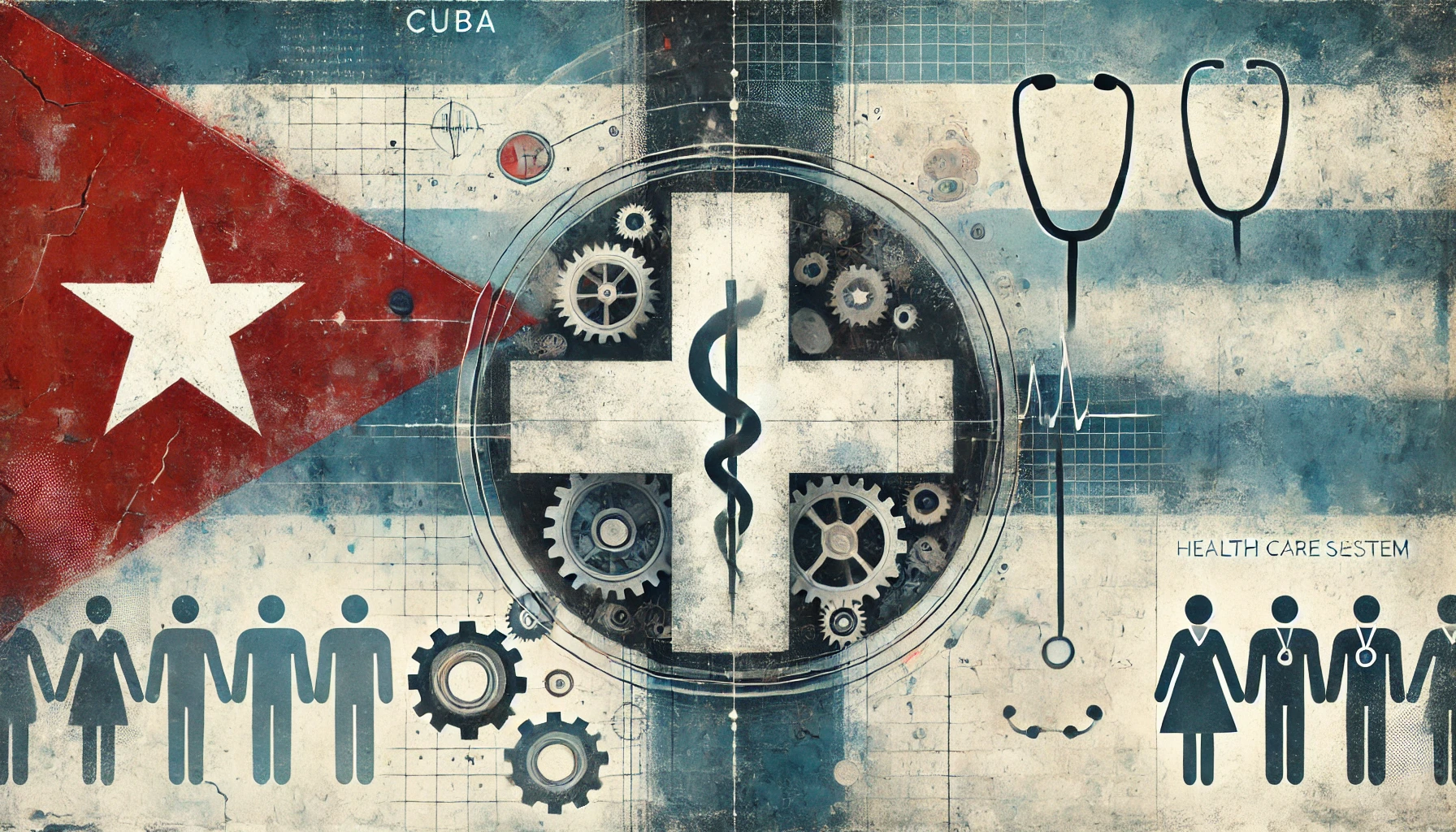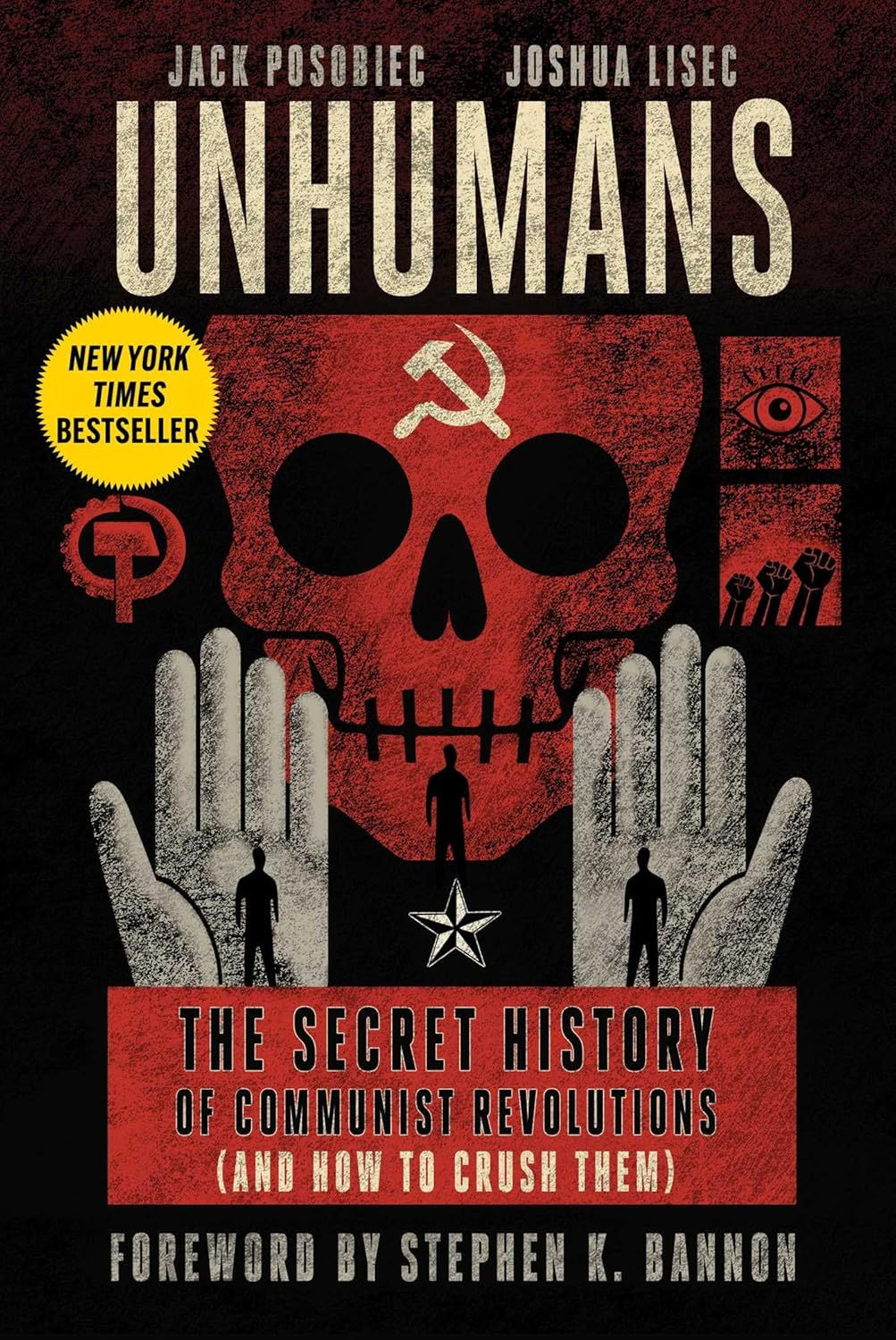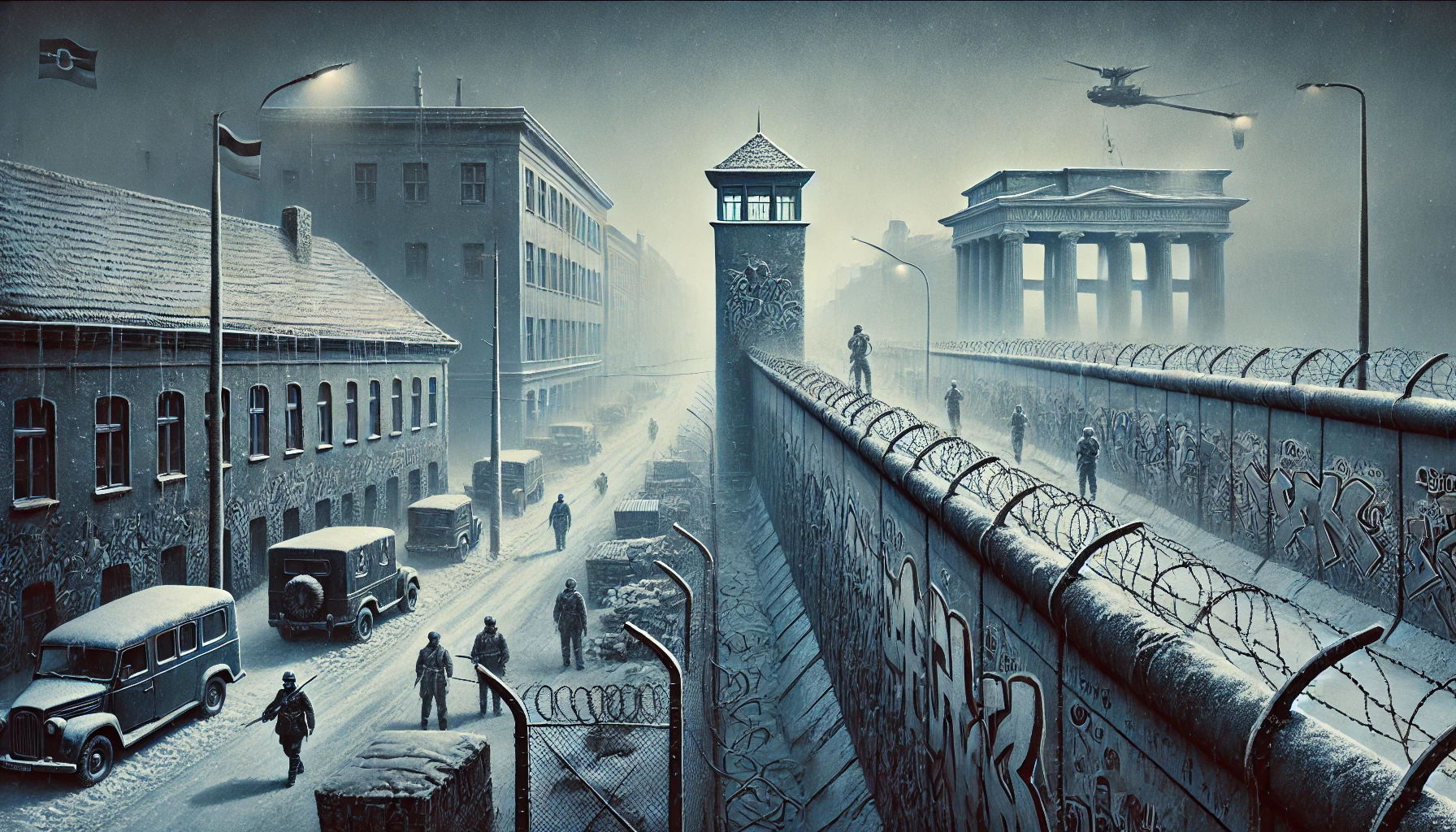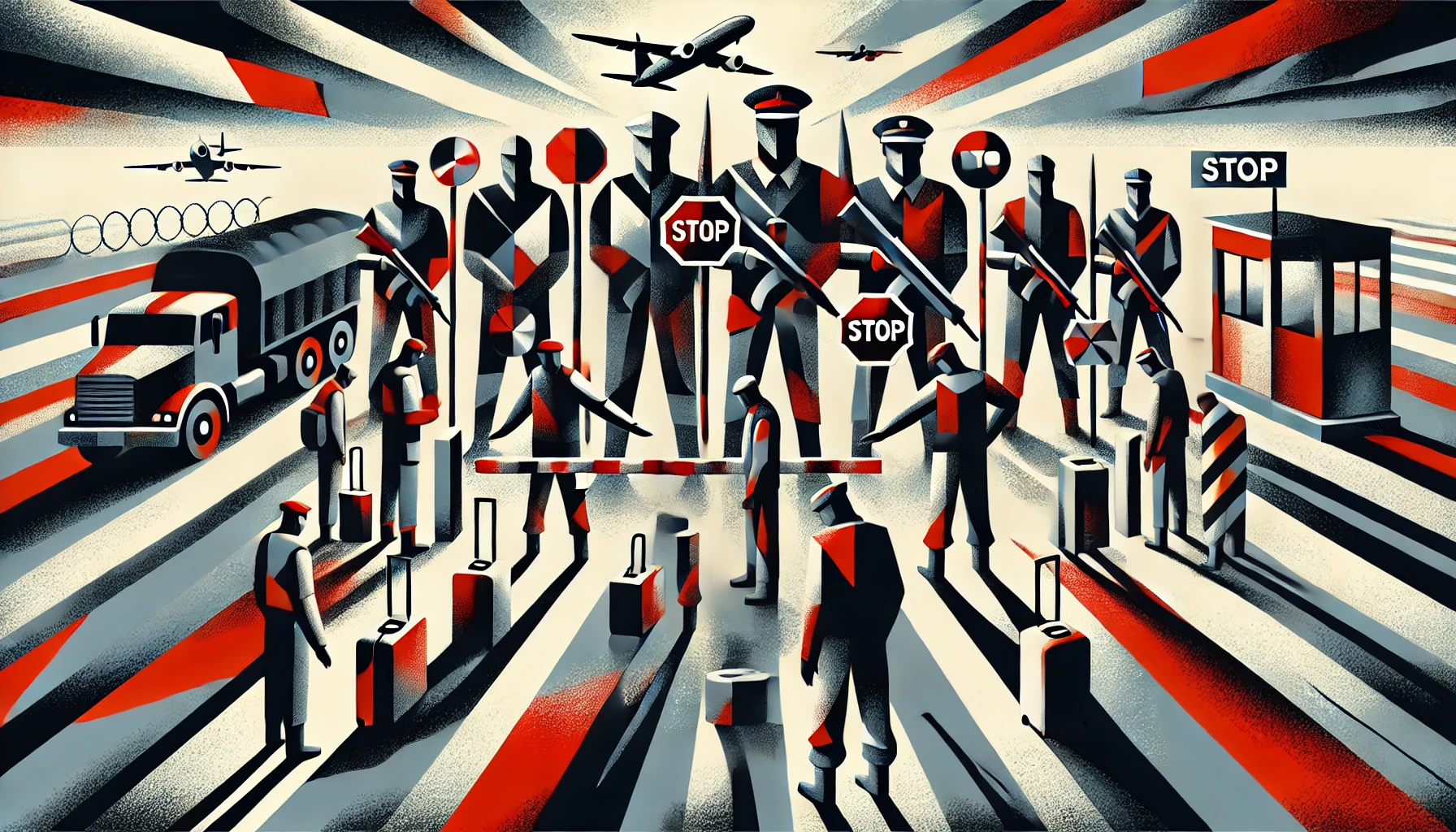Romanian Church Persecution: A Historical Analysis
Introduction
Throughout the 20th century, the communist regime in Romania subjected religious institutions and believers to severe persecution. The Romanian Orthodox Church, as well as other religious denominations, faced oppression, censorship, and violence as the totalitarian government sought to eliminate religious influence and establish state atheism.
Early Communist Era (1945-1965)
Following World War II, the Romanian Communist Party gained control of the country and began implementing policies to suppress religious freedom. In 1948, the government passed Decree 177, which effectively nationalized all church property and placed religious institutions under strict state control[1]. The regime also arrested and imprisoned numerous priests, monks, and nuns who refused to comply with the new regulations[2].
One notable example of persecution during this period was the case of the “Burning Bush” movement, a group of Orthodox monks and nuns who opposed the communist government’s interference in church affairs. Many members of the movement were arrested, tortured, and sentenced to long prison terms[3].
Ceaușescu Era (1965-1989)
Under the rule of Nicolae Ceaușescu, the persecution of religious groups intensified. The regime sought to create a “new socialist man” and viewed religion as an obstacle to this goal[4]. The government implemented a series of measures to further restrict religious activities, including the demolition of churches, the banning of religious education, and the infiltration of religious institutions by the secret police (Securitate)[5].
One of the most infamous acts of persecution during this period was the systematization program, which aimed to modernize rural areas by destroying traditional villages and relocating residents to urban apartment blocks. Many historic churches and monasteries were demolished as part of this process[6].
Father Gheorghe Calciu-Dumitreasa, an Orthodox priest and dissident, described the persecution he faced: “I was arrested, beaten, and tortured. They wanted me to betray my faith and collaborate with the regime, but I refused. I spent years in prison, but my belief in God never wavered.”[7]
Post-Communist Era (1989-Present)
Following the Romanian Revolution of 1989 and the fall of the communist regime, religious freedom was restored, and the persecution of churches ceased. However, the scars of the communist era remain, with many religious communities struggling to rebuild and reclaim their confiscated properties[8].
In recent years, efforts have been made to acknowledge the suffering endured by religious groups during the communist period. In 2017, the Romanian government established the National Day of Remembrance for the Victims of Communist Persecution, which is observed on May 14th[9].
Conclusion
The persecution of churches in Romania under the communist regime represents a dark chapter in the country’s history. Through repressive policies, violence, and intimidation, the totalitarian government sought to eradicate religious influence and impose state atheism. Despite the immense suffering endured by religious communities, their faith and resilience persevered, and today, they continue to rebuild and heal from the wounds of the past.
References
- Ramet, S. P. (1998). Nihil obstat: religion, politics, and social change in East-Central Europe and Russia. Duke University Press.
- Vasile, C. (2017). The “Pitesti Phenomenon”: Torture and Reeducation in Communist Romania. Oxford Research Encyclopedia of Religion.
- Aioanei, C. (2019). The “Burning Bush” Movement: Orthodox Resistance to Communism in Romania. The Journal of CESNUR, 3(6), 18-36.
- Deletant, D. (1999). Communist terror in Romania: Gheorghiu-Dej and the Police State, 1948-1965. C. Hurst & Co. Publishers.
- Stan, L., & Turcescu, L. (2007). Religion and politics in post-communist Romania. Oxford University Press.
- Ciobanu, M. (2009). Rewriting and remembering Romanian communism: Some controversial issues. Nationalities Papers, 37(2), 205-221.
- Calciu-Dumitreasa, G. (1997). Christ is calling you: A course in catacomb pastorship. St. Herman of Alaska Brotherhood.
- Stan, L. (2013). Transitional justice in post-communist Romania: The politics of memory. Cambridge University Press.
- Monitorul Oficial al României. (2017). Legea nr. 127/2017 pentru instituirea Zilei naționale de cinstire a martirilor din temnitele comuniste. Monitorul Oficial, Partea I, nr. 441.


